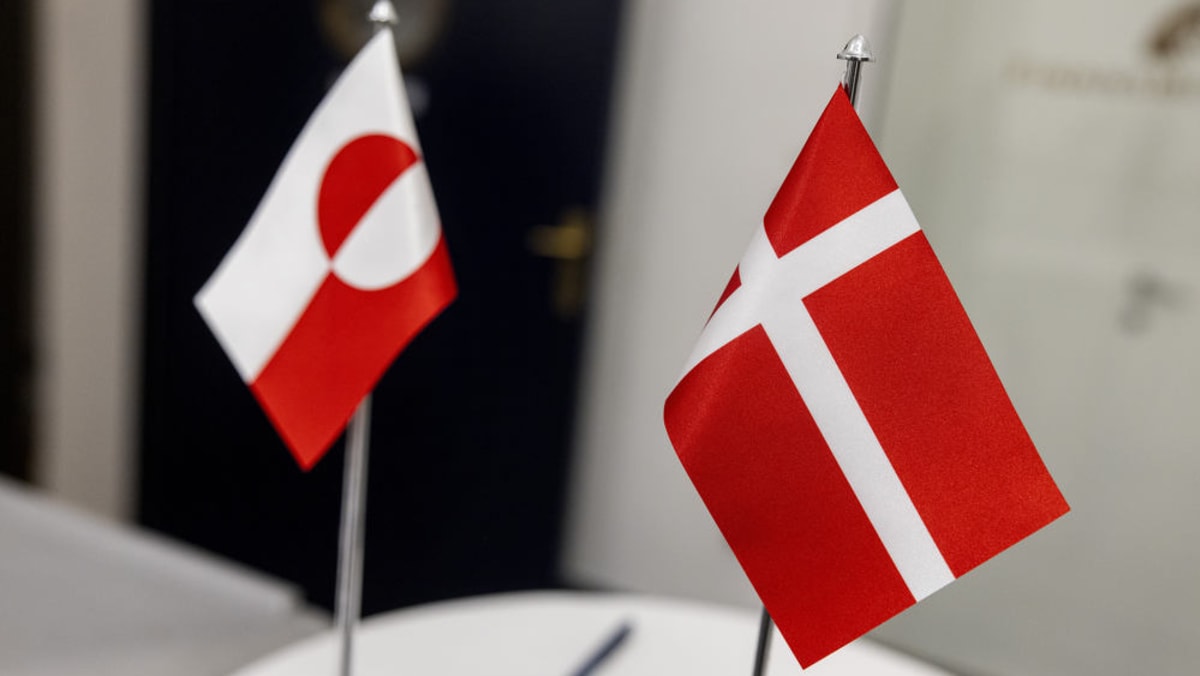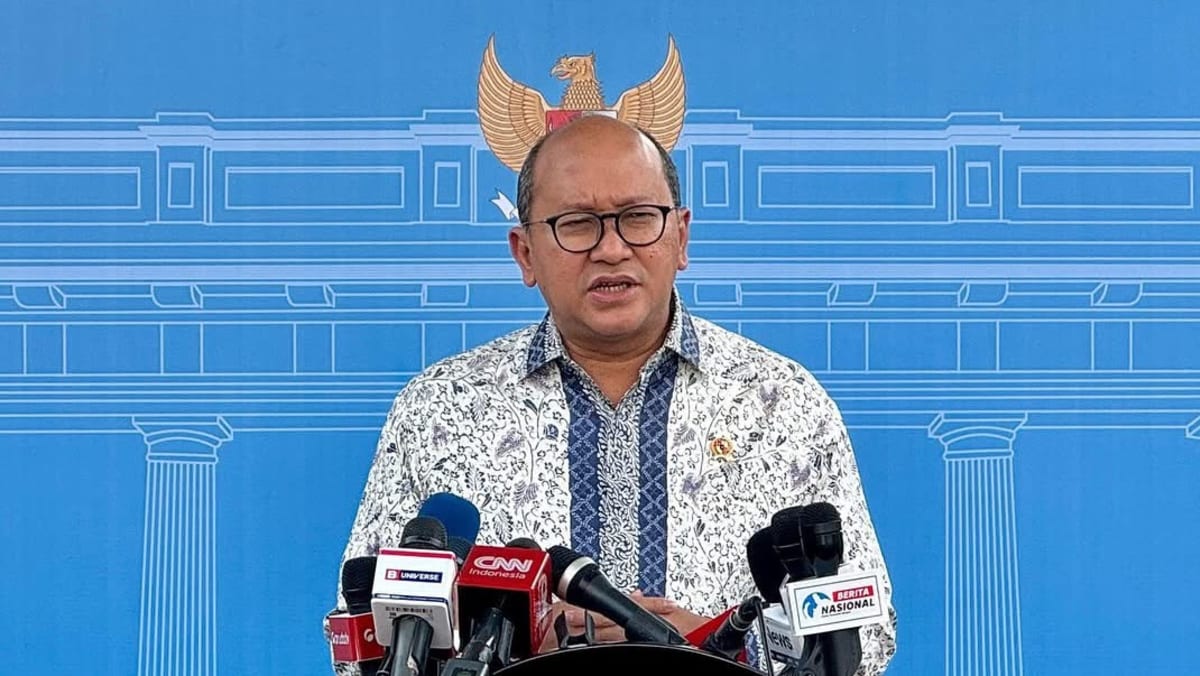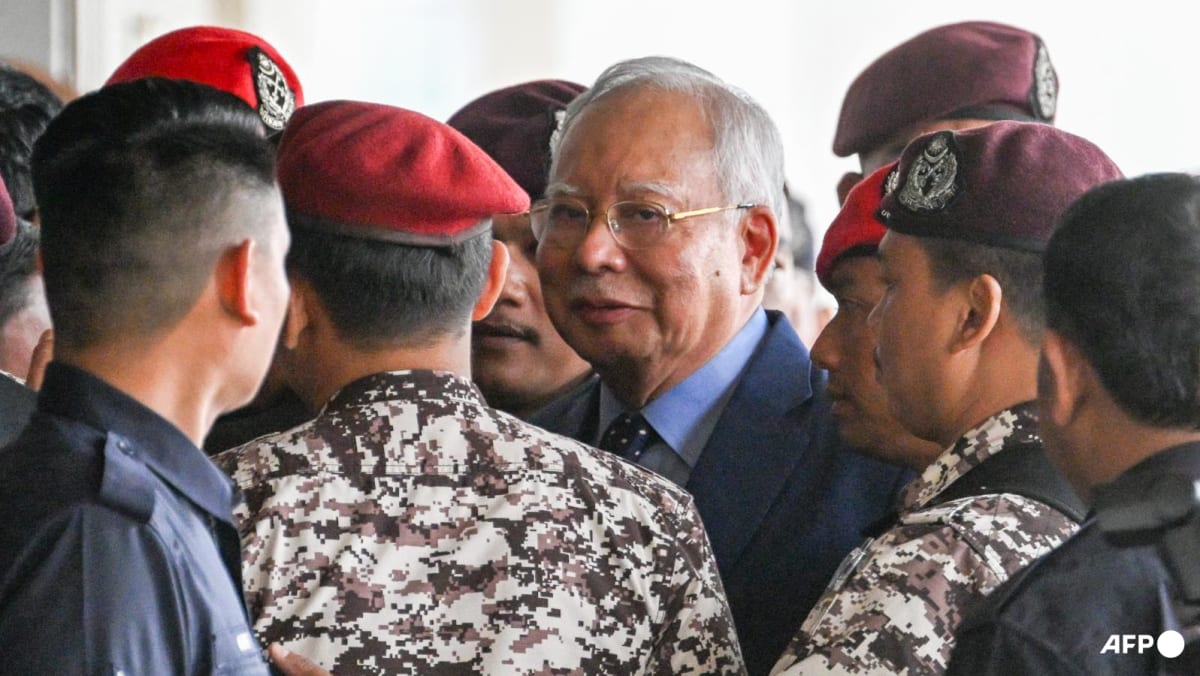These sentiments are shared by Teh Kee Sin, advisor of the Small and Medium Enterprise Association of South Johor.
The business leader noted that the market-response approach is “more prudent” as it manages risks conservatively, especially given the Malaysian government’s finite resources.
“But on the other hand, would foreign investors come if they see that there is no assurance on basic infrastructures like Wi-Fi (or) electricity. All these are basic (amenities) and every investor would only go in if there is a guarantee these are already in … It’s a chicken and egg situation – nobody is going to invest if there is no ready infrastructure,” said Teh.
He added that there have been instances in Johor where companies would relocate to an industrial facility only to find that the electricity available is insufficient for their operations.
“Companies have to expend resources to lay their own cables. Foreign companies would not be willing to do this and they will look at the situation differently (on whether to invest),” he said.
Meanwhile, economist Anthony Dass – who is the executive director for the Malaysian Institute of Economic Research – was more sanguine on the new model, outlining how it tailors infrastructure to actual needs of investors.
“The project minimises wasteful spending on underutilised assets, improving efficiency and reducing financial risk … This model allows flexibility for adjustments based on economic trends and market conditions, avoiding the pitfalls of oversupply seen in earlier projects like Iskandar Malaysia,” said Dass.
However he, too, acknowledged that the model could lead to delays especially if investors adopt a wait-and-see approach.
“The SEZ’s growth may progress unevenly, which could hinder its overall impact,” added Dass.
SPLIT FUNDING ‘FAIR’, LEVERAGES ON COMPARATIVE ADVANTAGES: ANALYSTS
During the briefing last Friday, Rafizi also emphasised that the funding for the SEZ will be split, with Malaysia funding infrastructure for the economic zone while Singapore funds the facilitation of investments and expansion of companies.













